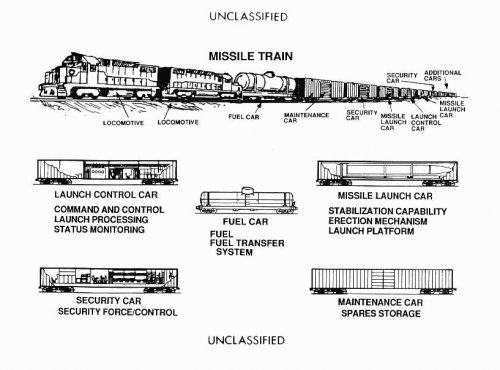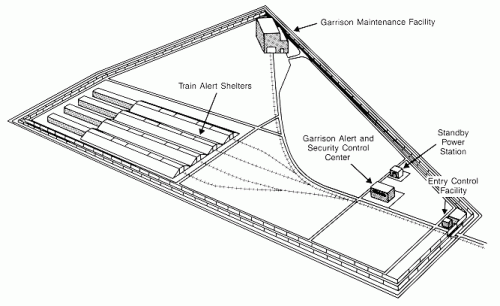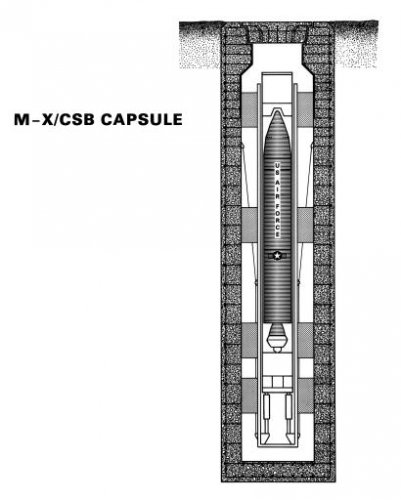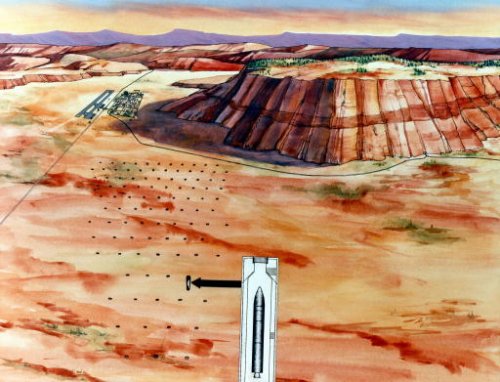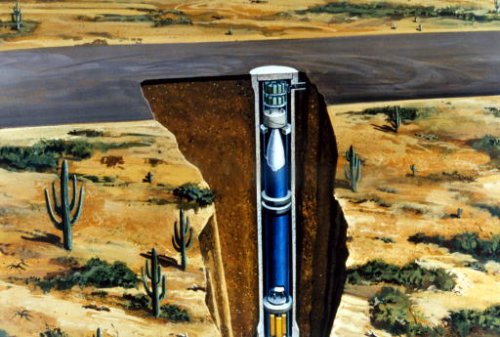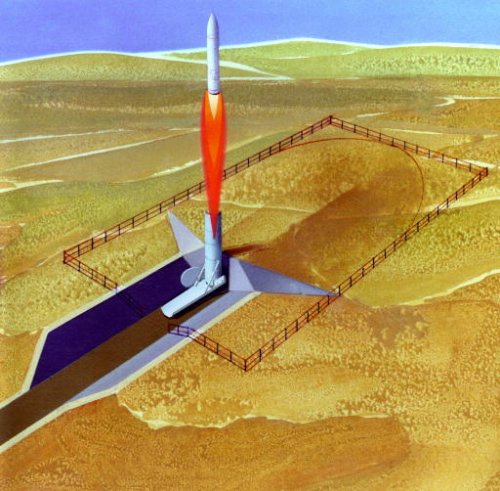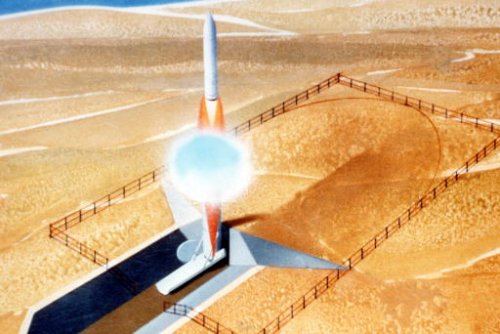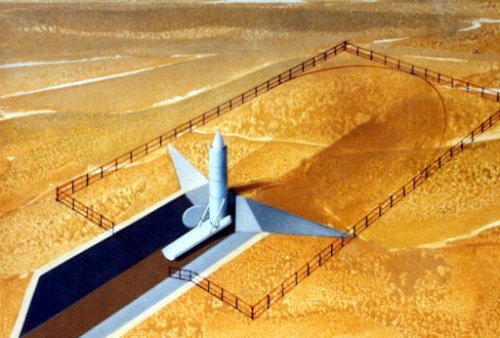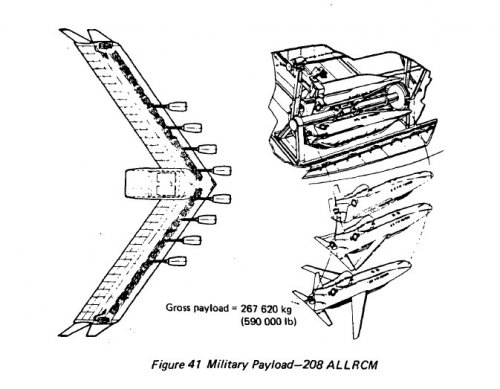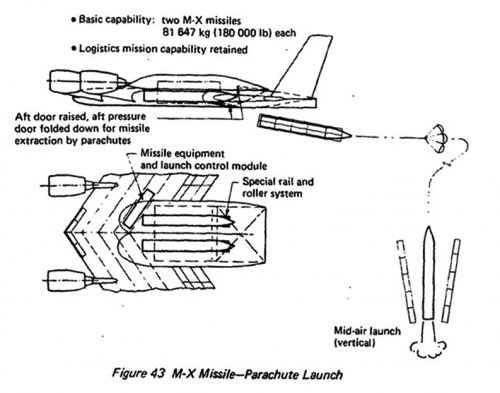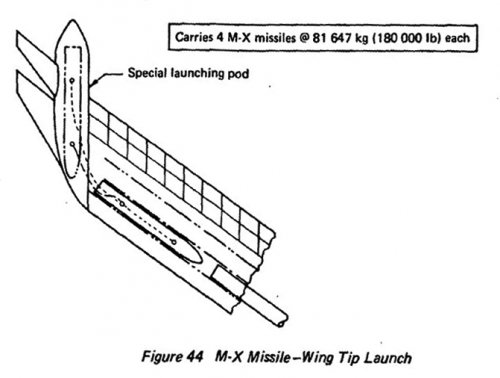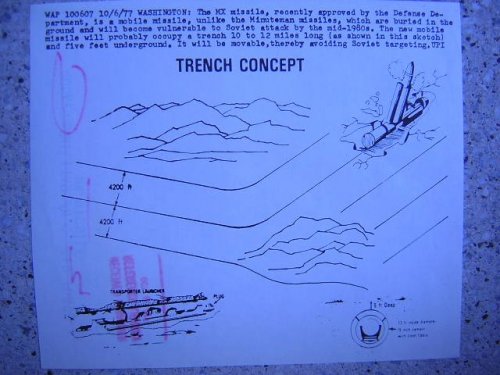The purpose of this report is to make available to the general public an unclassified summary of the rationale and system evaluation considerations that led the U.S. to decide to deploy the M-X intercontinental ballistic missile (ICBM) in a multiple protective structure (MPS) basing mode.
The search for survivable ICBM basing concepts' beyond our Minuteman basing,started in the mid-1960's when technology pointed to the eventual vulnerability of fixed targets. It received initial emphasis when the Soviets deployed the SS-9 missile aimed at destroying our ICBM launch control centers -- an act clearly indicating their intent to be capable of attacking ard destroying our military forces. Further threats developed, centered around Soviet deployment of a new generation of a ccurate, multiple warhead missiles. In response, we pursued technology advances and system design studies which led to various proposals to start full scale development on a survivable M-X system -- the step involving final design and setting the basis for production and deployment. T1 is step was finally taken in September, 1979.
Much discussion with the Congress and the public has taken place in recent years, both in terms of environmental and public interface matters and in terms of the military adequacy of the M-X/MPS system. After extensive evaluations and presentations to Congress to fully examine optional courses of action, as called for in the Fiscal Year 1980 Defense Authorization Act (the Stevens Amendment), the Fiscal Year 1981 Defense Authorization Act specifically approved our final system recommendation of a 4600 shelter M-X/MPS system (the Cannon Amendment).
A major environmental impact analysis has been conducted. In public review and process at present is a draft of the third environmental impact statement (EIS) which focuses on basing area selection, public land withdrawal, and/or ptivate land acquisition. Full system basing in Nevada/Utah or Texas/New Mexico and split basing in both areas are addressed. Two previous EISs were issued. For 1976 we issued one concerned with a test site effort in Arizona. In 1978 we issued an EIS which analyzed, in depth, the alternate, reasonable basing modes. By reasonable, it is meant that the concept has to satisfy national policy and military performance objectives.
This report summarizes all the concepts that received serious attention in past studies, but not all of them are reasonable by the above definition. None of the alternatives are without problems of one sort or another, but alternatives that are not reasonable and do not provide adequate capability pose the most serious problem of all -- an increased risk of nuclear war with the Soviets.

